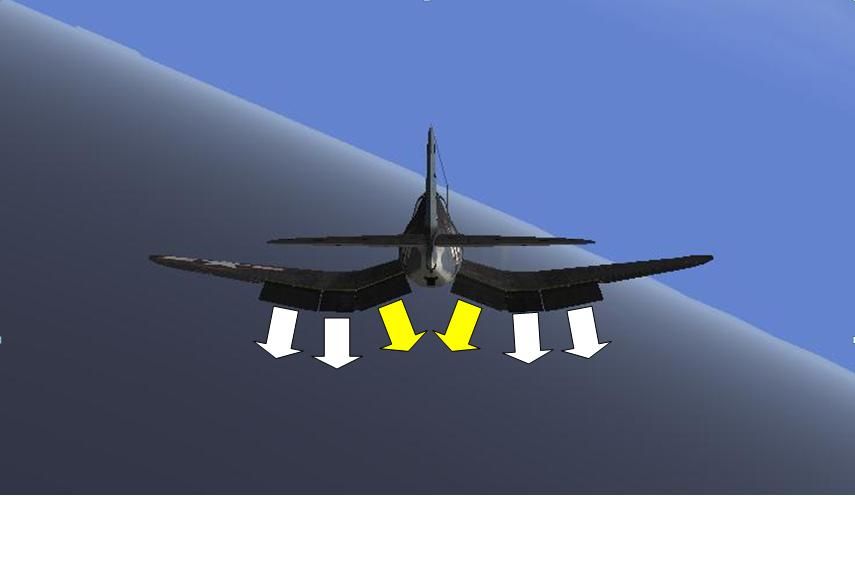I would be grateful if someone with a deep technical understanding of aircraft dynamics could explain this because I thought I understood that Fowler flaps increased the turn rate and given they are reasonably large on the Ki-84 I'm rather sceptical about the comparable rates. How can the DPS be the same with a good deal more lifting surface available, longer chord, a better camber and a slightly higher thrust to drag ratio?
Also I can only assume with the Corsair that the flaps alter the camber to a very favourable degree since apparently the plain flap is one of the less efficient solutions (not the worst). Or is it to do with the speed combinations of deployment which are rather high? This is what I found interesting about the Whirlwind, that the flap could be deployed at so high a speed, around or just below instantaneous corner speed if memory serves.
Sorry for the minor hijack, but any opportunity to learn...
I don't know that this is a hijack? I think it's an applicable topic for this discussion.
I would also like to have someone with a deeper knowledge step in. Personally, I've always wondered what the aerodynamic effect of the F4U flaps is compared to flaps on more conventional wings...
If you look at this image, it's easy to see that fully 1/3 of the F4U flaps are deflecting the air in a totally different manner than would happen on conventional wings. What is the effect of this? Is it helpful, or detrimental?

On a conventional wing, in a bank all of the deflected air from the flaps on the "high side" of the turn is being pushed to the outside of the turn, and is doing little to provide lift for the plane. At the same time, the flaps on the lower wing are providing more lift, but holding the plane in this bank with aileron and/or rudder is essentially "fighting" this flap.
On the F4U though, the 1/3 of the flap surface on the high side of the bank is still deflecting air much more directly downward (providing more effective lift). This is also helping to hold the high wing high, and possibly requiring less aileron/rudder deflection to hold the bank? Pure speculation here, I honestly don't know...
In level flight with flaps deflected, do the inner flap surfaces on the F4U create a higher pressure under the plane? Like a "bubble" effect, for lack of a better description? If so, is this helpful or detrimental? Does it compare in the slightest to ground effect? Does it add stability, or detract from it?
Real world, I wouldn't expect these effects (if they exist) to be remarked upon, for many of the same reasons I outlined many posts ago. I suspect it would take wind tunnel testing to prove or disprove these theories, and I've never come across any describing it? Real world, I don't recall seeing anything that mentions flap causing stability problems in the F4U? While landing mishaps were an issue, they seem to be more of a throttle management issue?
Since you brought up the KI84, I took a shot of that too to show how I believe the air is deflected differently.
 Please ignore the actual bank angles shown in these images- they are just clips from films so are not comparable.
Please ignore the actual bank angles shown in these images- they are just clips from films so are not comparable.In testing, has anyone checked what the bank angle is for the different planes at the edge of stall? I.e. is the F4U capable of holding a more severe bank in a minimum-radius edge-of-stall circle than a P51, or KI84, or whatever? Is this relevant? Correct?